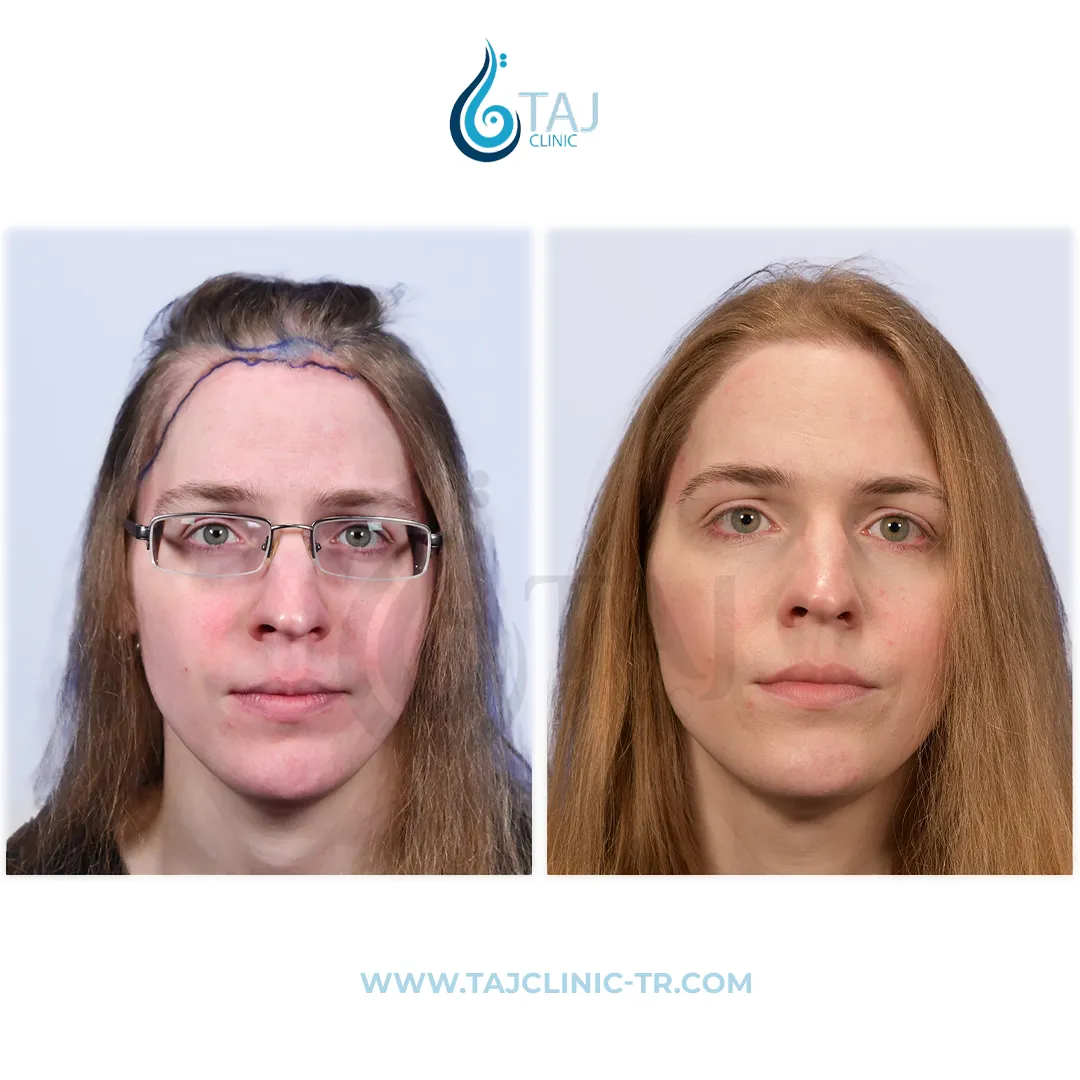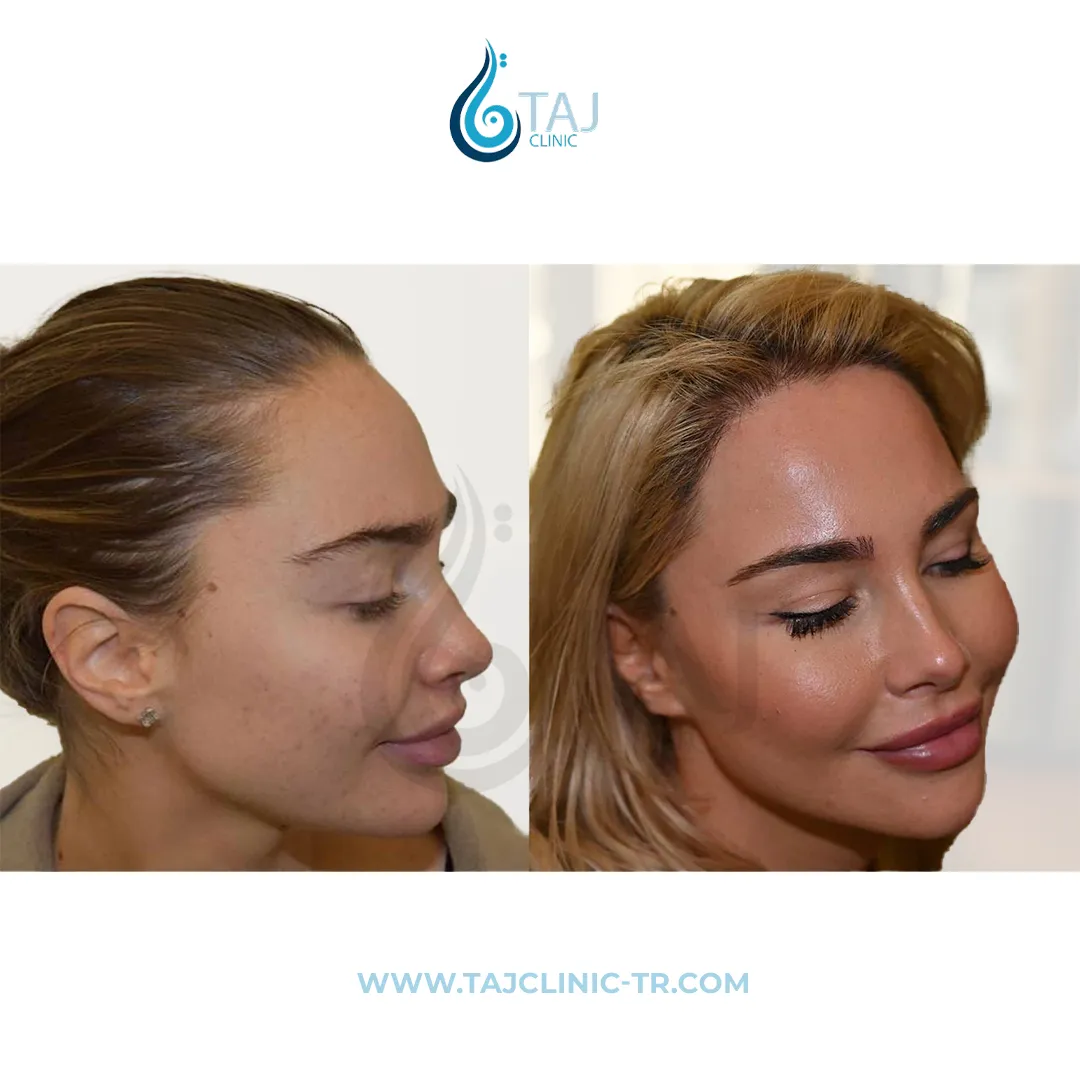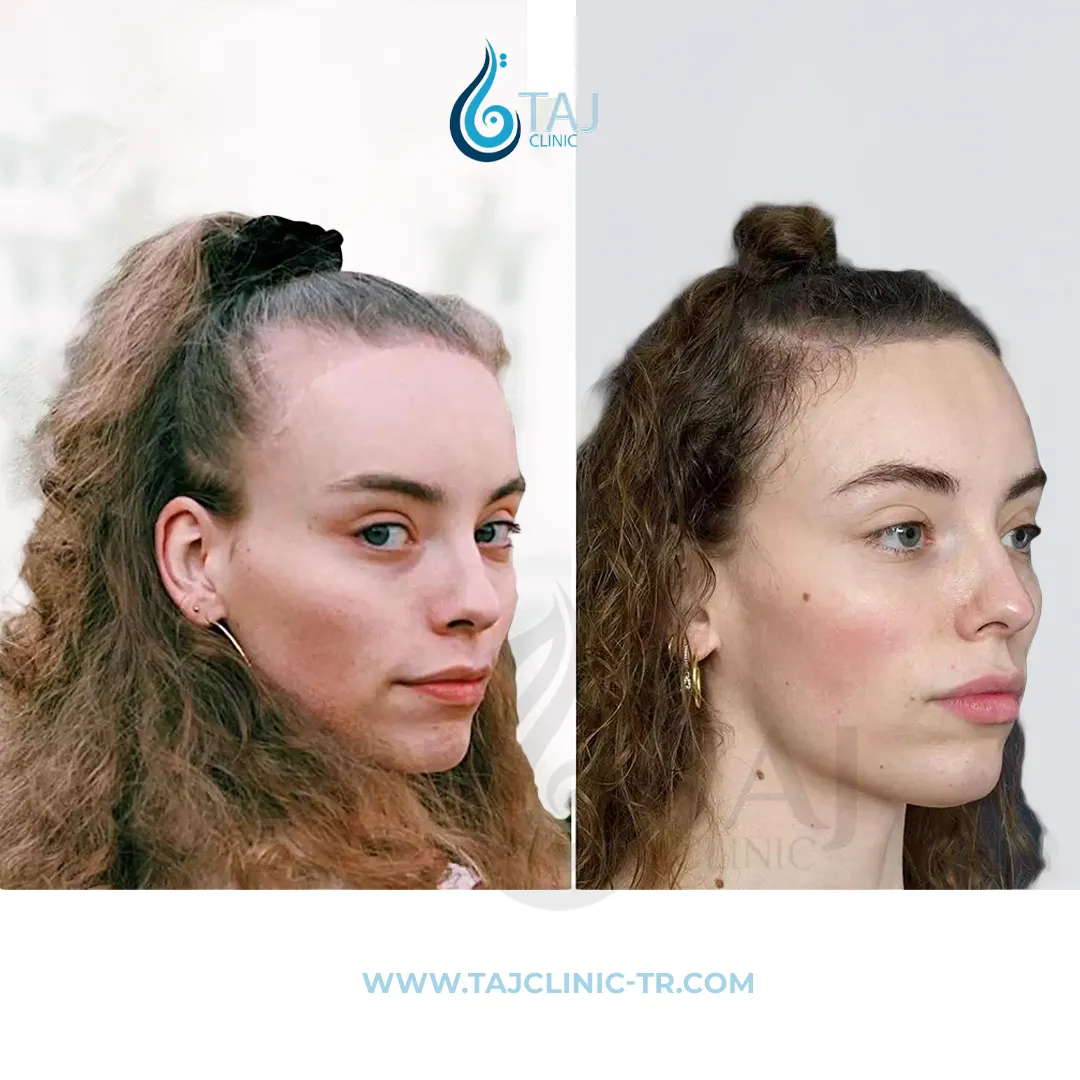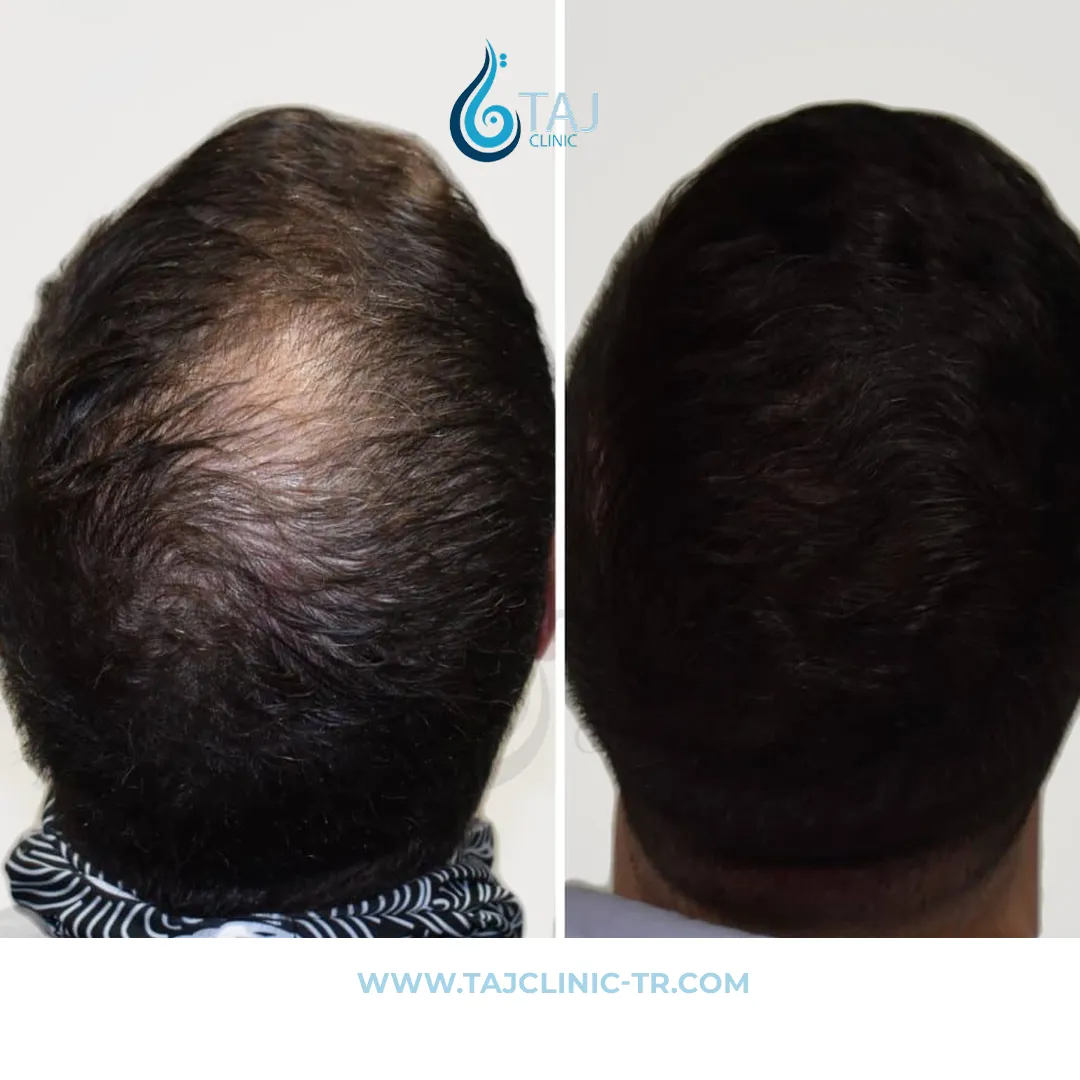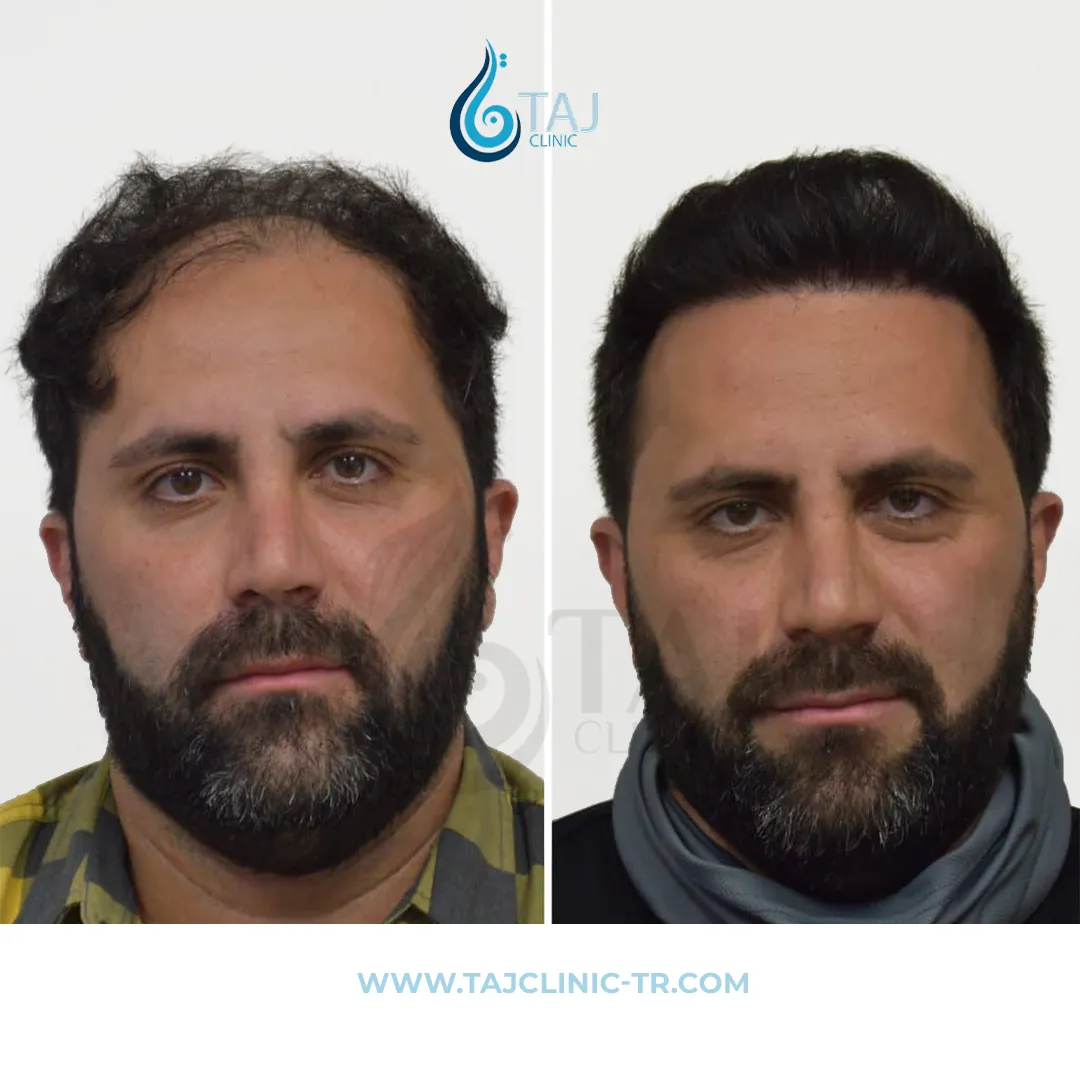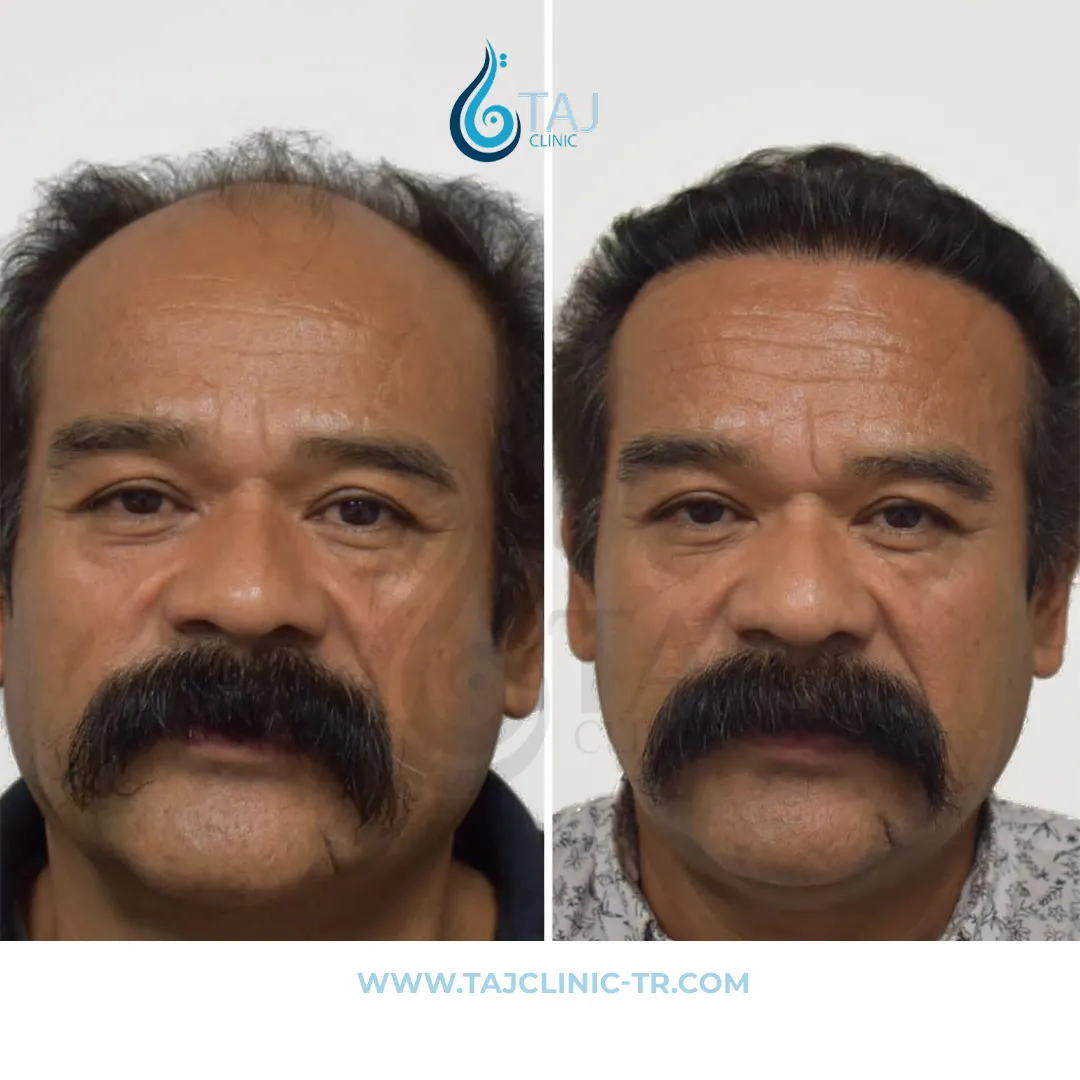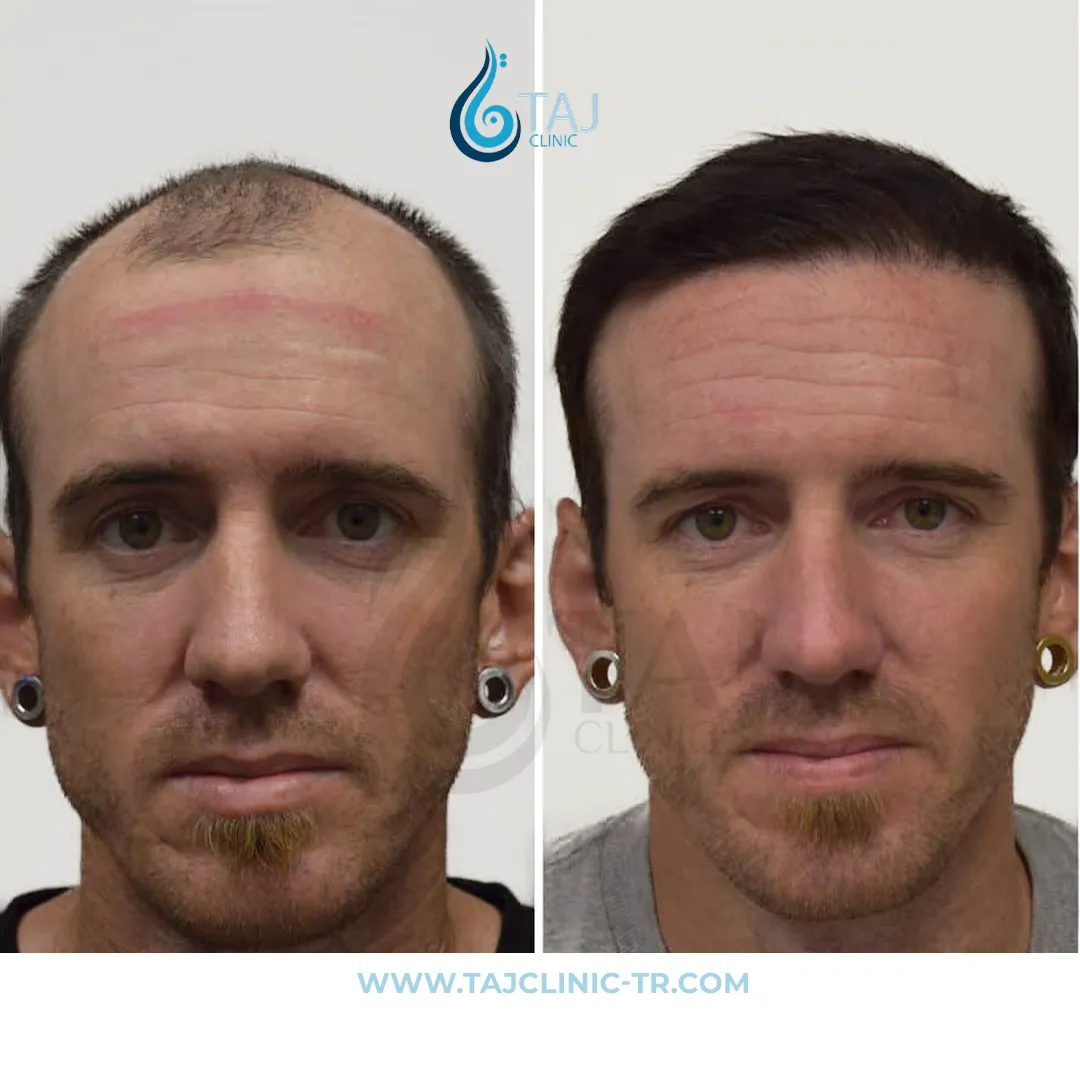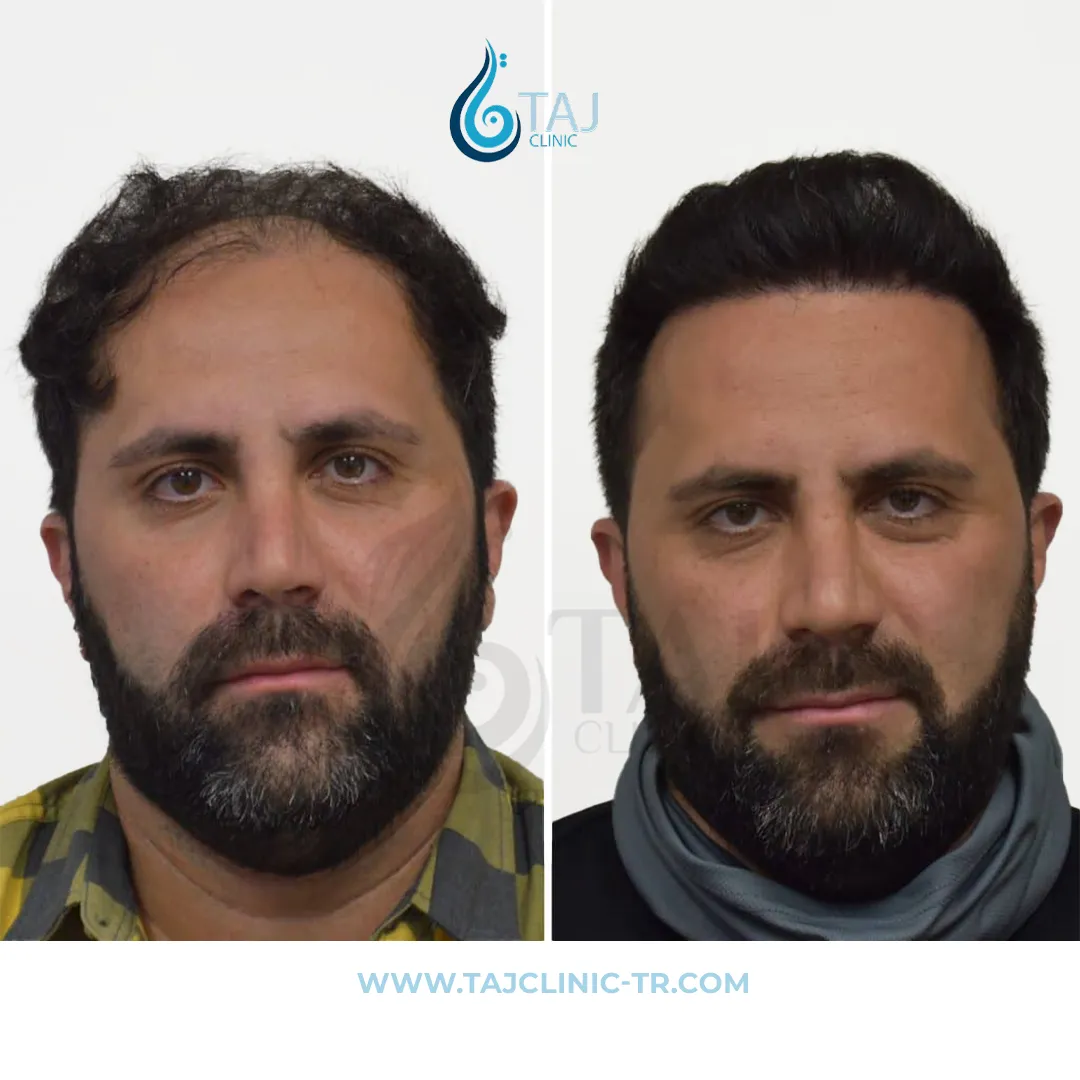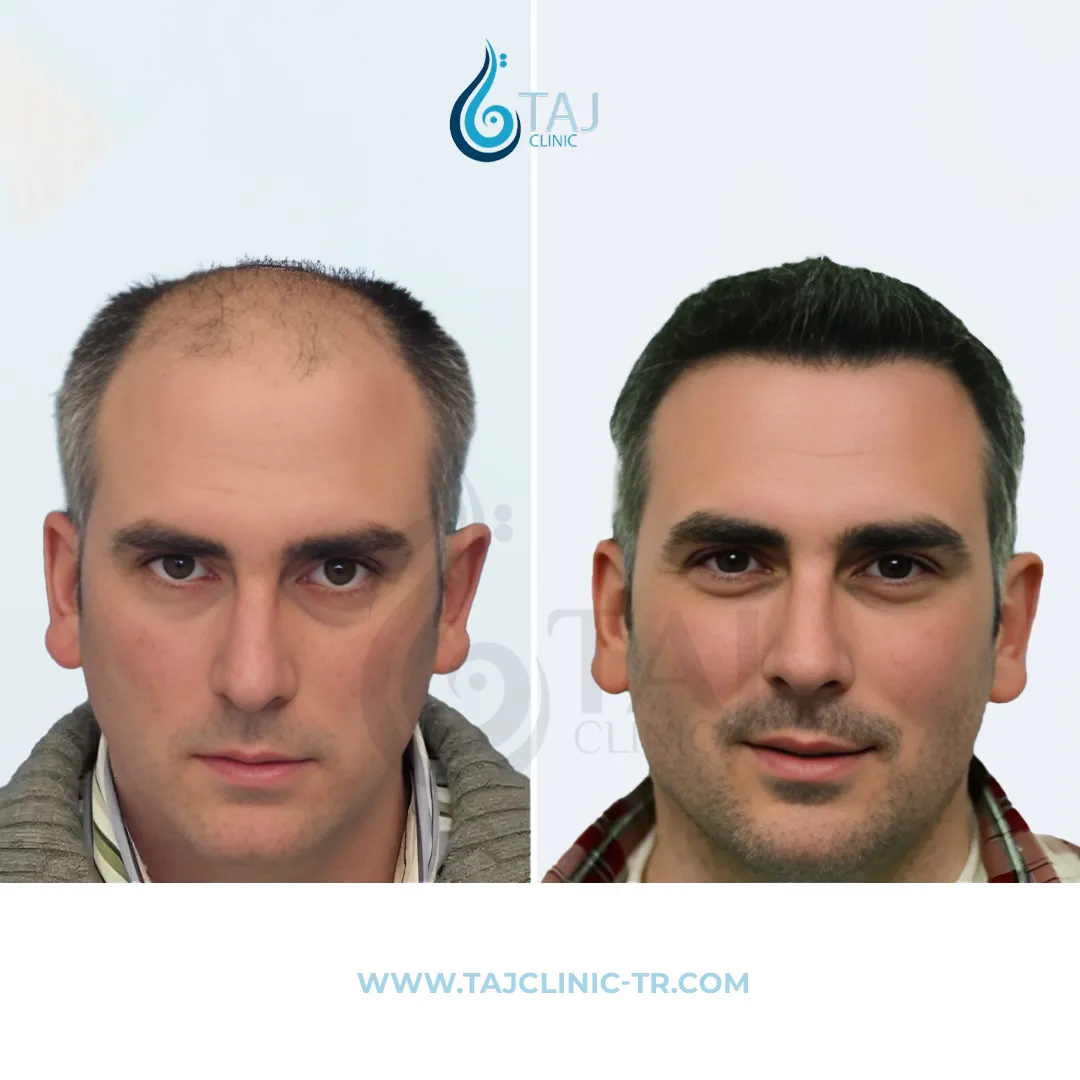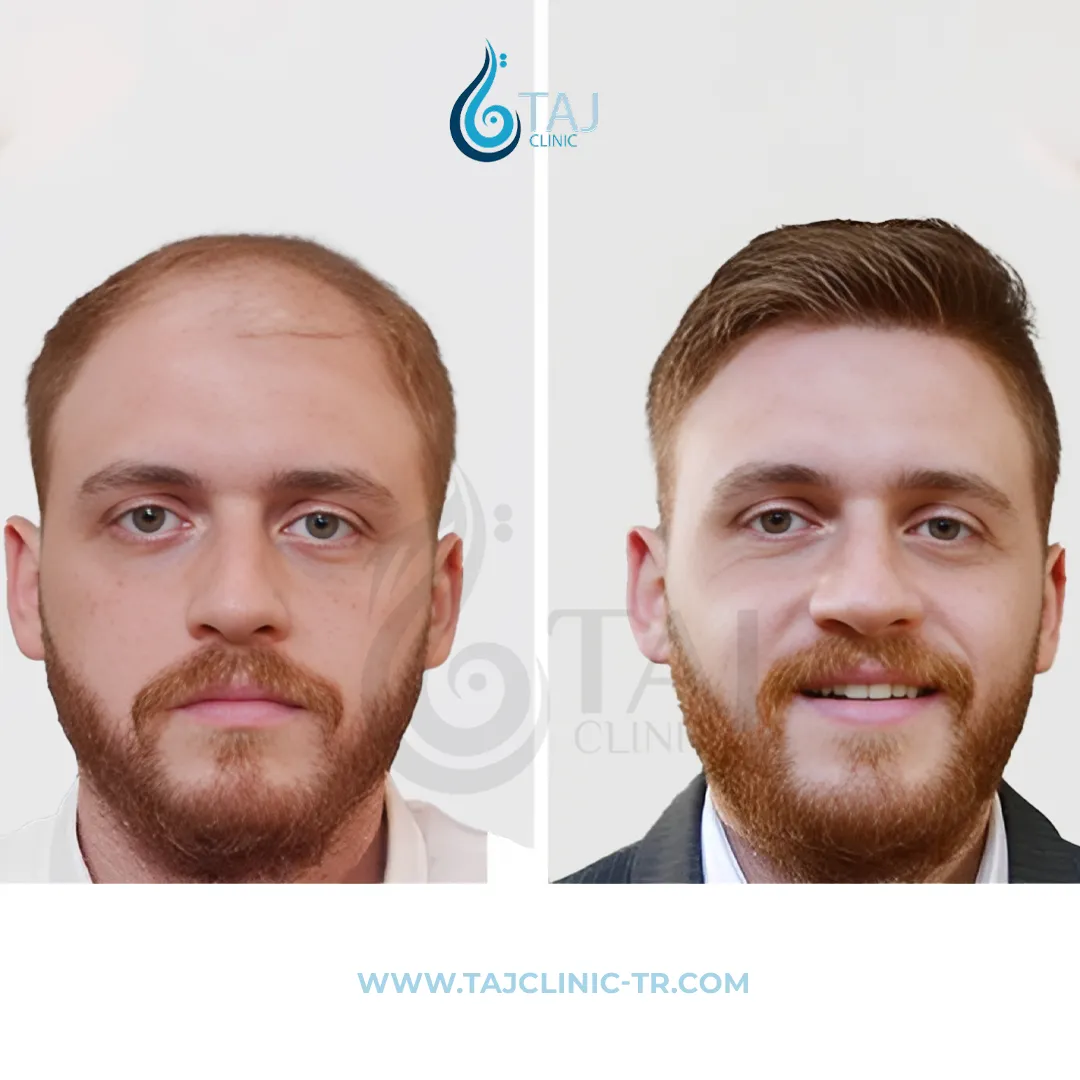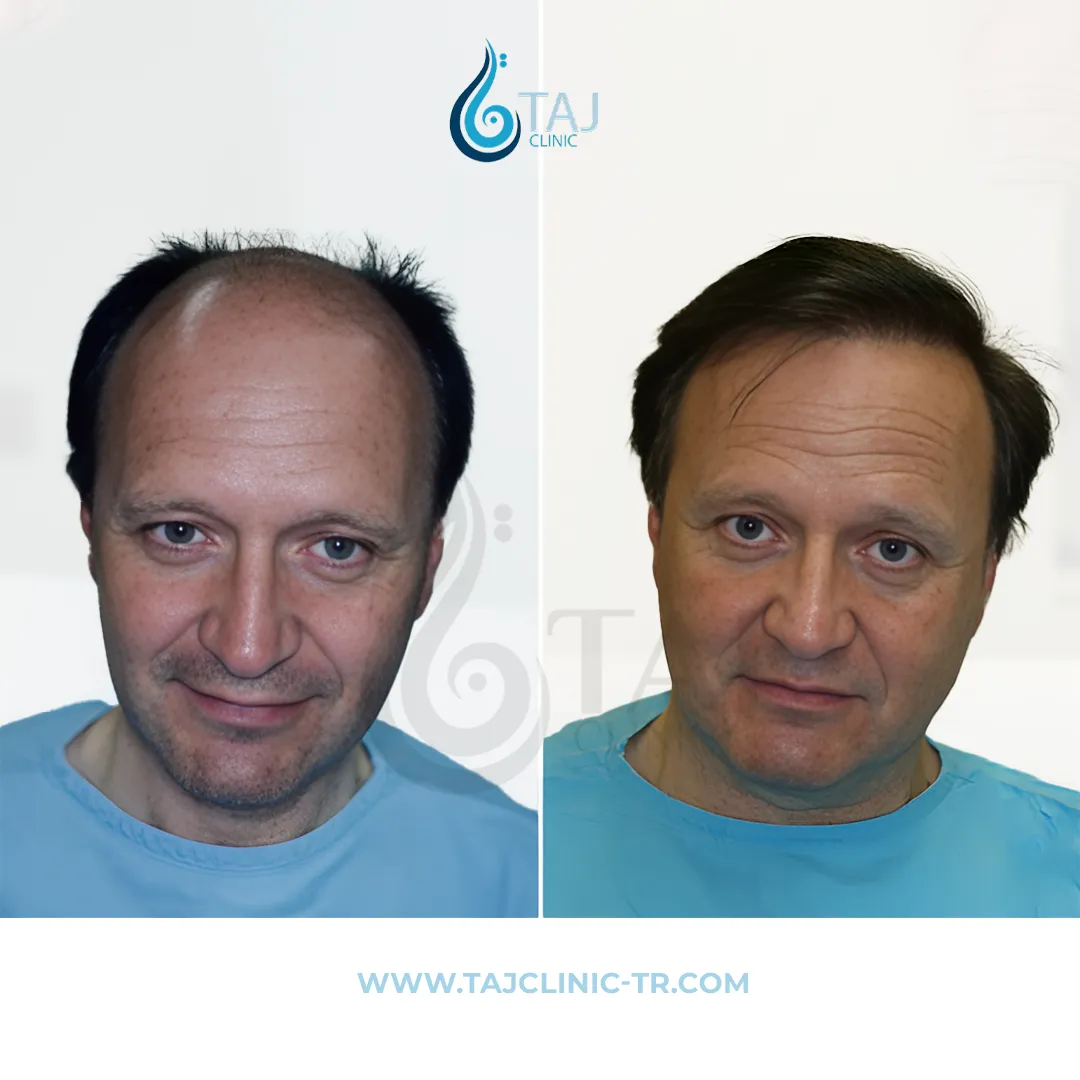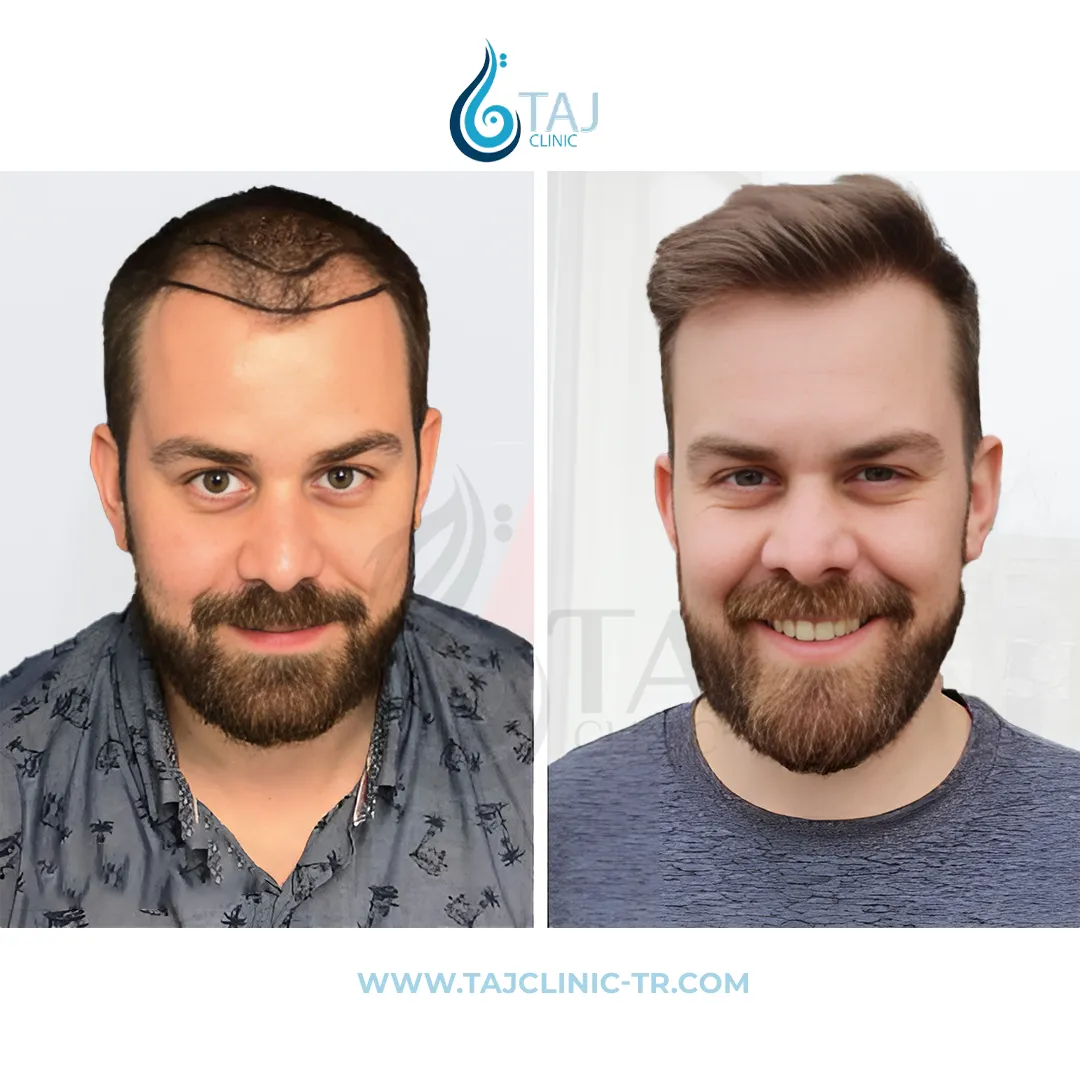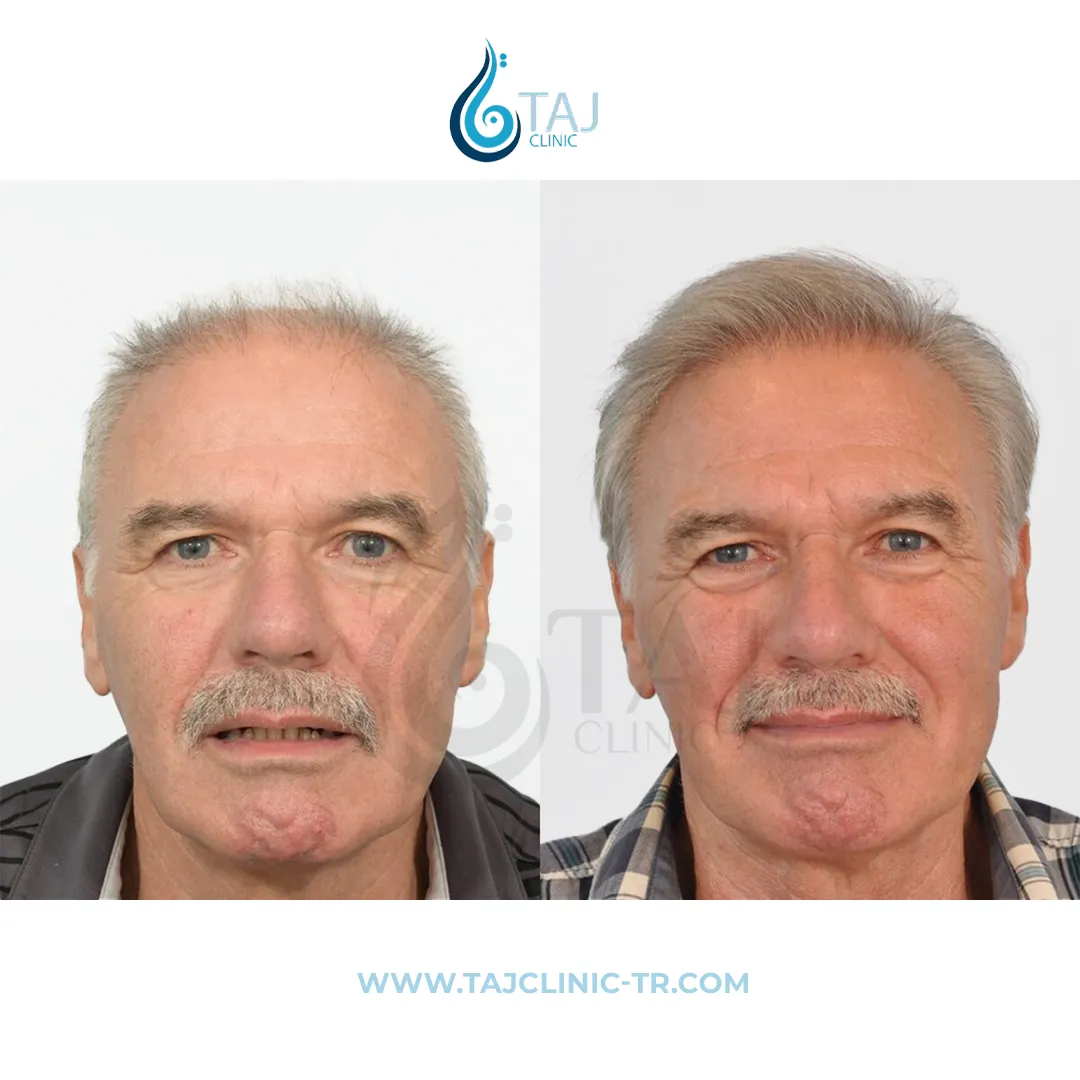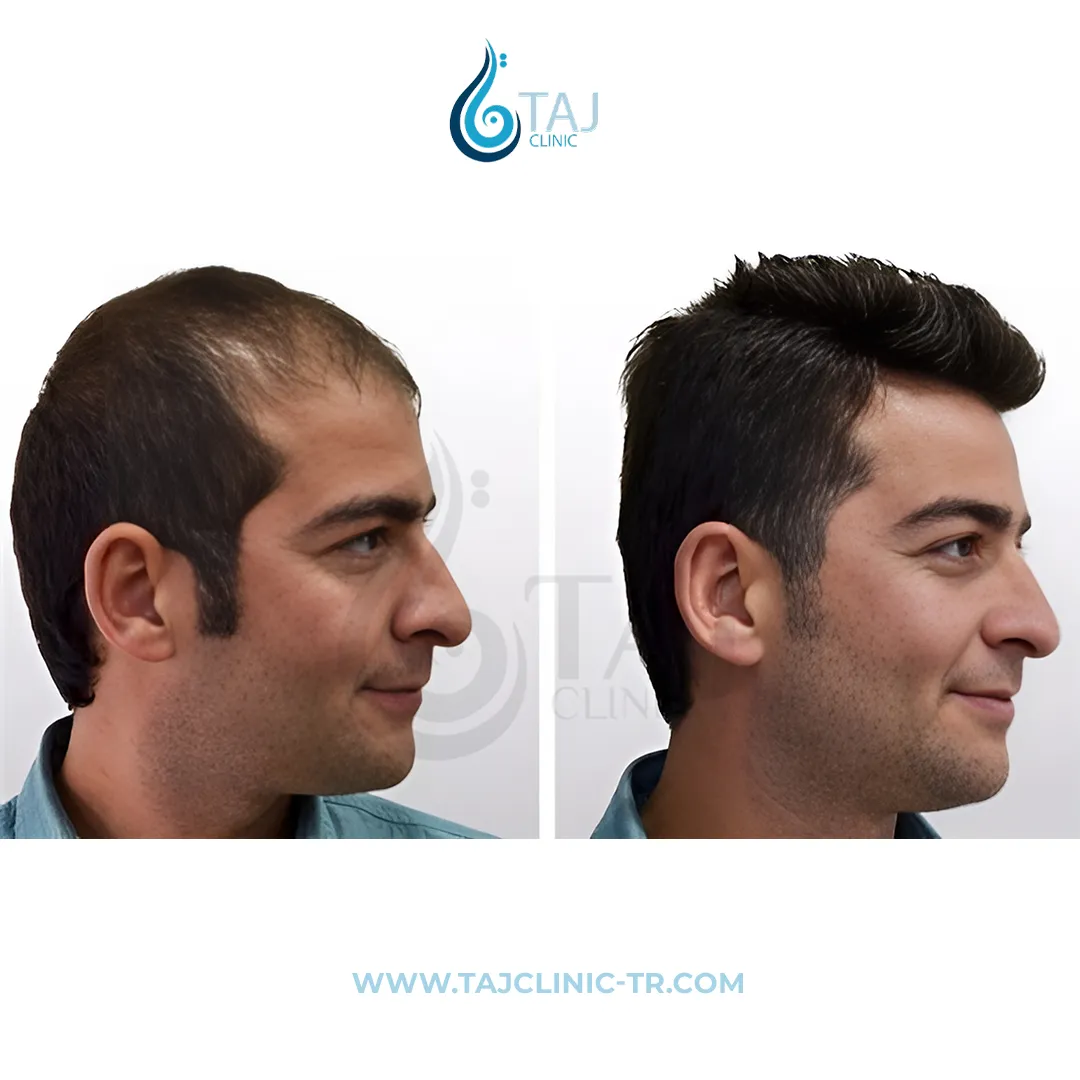Plastic surgery
Explore Our Clinics
What Say About Us?
What motivates us at Taj Clinic to strive for further development in our relationship with our valued visitors is the smile of satisfaction and the joyful look on their faces when they see the results. Witness with us how their reactions at Taj Clinic have garnered their admiration for its exceptional administrative care, the expertise of our skilled doctors, the quality of comprehensive services provided, meticulous attention to detail, post-procedure medical follow-up, and the astonishing results they have achieved.
Steps for cosmetic surgery services:
Contact our medical consultant and let them guide you throughout the entire process.
Plan your medical tour in mutual agreement with our consultant.
Get your tickets booked and choose the procedure date.
Sit back and relax until the appointment time, and leave everything to us.
We will pick you up from your arrival location and accompany you between the hotel and the clinic for the round trip.
We will transport you from your arrival location and accompany you between the hotel and the clinic for the round trip.
Frequently Asked Questions
In most cases, body sculpting surgery is considered a cosmetic procedure and is not covered by insurance. However, in some cases where the procedure is considered medically necessary due to a medical condition or injury, insurance may cover the cost of surgery.
Body contouring surgery refers to a variety of surgical procedures designed to reshape and contour the body. These procedures may include removing excess skin and fat, tightening muscles or changing the shape and size of certain parts of the body, such as; Abdomen and thighs, or arms and buttocks.
The cost of body sculpting surgery varies depending on the extent of the procedure, the surgeon’s experience, the location of the surgery, and the clinic’s prices. In general, the cost of body contouring surgery can range from $4,000 to $15,000 or more.
Non-surgical body sculpting refers to non-surgical or minimally invasive cosmetic procedures that can help reshape and define the body without the need for surgical intervention. Examples of non-surgical body sculpting procedures include CoolSculpting and SculpSure.
After rhinoplasty, patients are usually advised to avoid strenuous physical activities, lift heavy objects, blow their nose, and wear eyeglasses or sunglasses for several weeks to allow for proper healing.
Rhinoplasty is usually performed under general anesthesia, so the procedure itself is not painful. Some people may experience mild discomfort, swelling, and bruising after the procedure, but these symptoms can be managed with medications and cold compresses.
The duration of rhinoplasty can vary depending on several factors such as: The extent of the operation and the experience of the surgeon. On average, it can take 1-3 hours to complete.
Recovery time after rhinoplasty can vary depending on several factors such as the extent of the procedure, the patient’s general health, and adherence to post-operative instructions. On average, it may take 2-3 weeks for initial recovery and several months for the final results to be fully visible.
Rhinoplasty is a cosmetic or reconstructive surgical procedure that involves reshaping the bone and cartilage of the nose to improve its appearance or function.
Rhinoplasty, also known as rhinoplasty, is a surgical procedure aimed at improving the appearance and/or function of the nose by reshaping bone and cartilage.
The cost of rhinoplasty varies depending on several factors, such as the surgeon’s experience, location, and extent of the procedure. On average, it can range from $5,000 to $10,000 in the United States
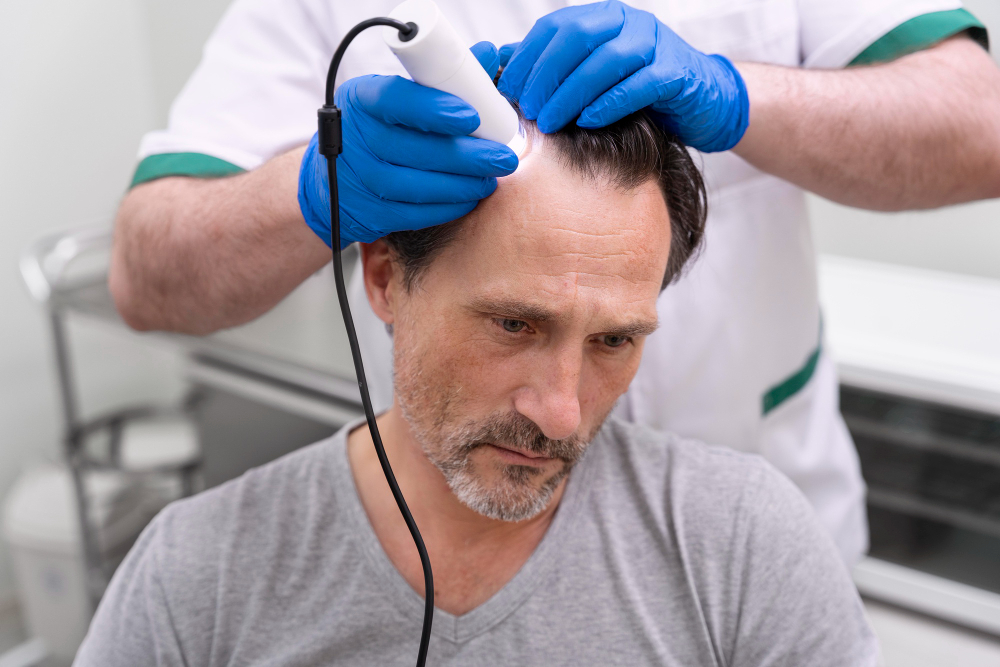
Description Hair transplantation DHI
Hair loss is a very common problem for many people. More than 85% of men suffer from hair loss by the age of 50, compared to 50% of women. Multiple solutions and techniques have been discovered over the past few years, and one of the latest and most effective techniques is the direct hair transplantation method, known as DHI.
Hair transplant surgery is mainly done by transferring hair follicles from the donor area to the recipient area (bald area). The doctor extracts hair follicles from the back of the head, which is called the donor area, and then transplants them in the bald areas to grow new hair.
The direct hair transplantation technique – DHI – is the advanced technique that followed the technique – FUE – which is the “follicular unit hair” technique and follows the same procedure. But, of course, there are some fundamental differences between these two technologies. One fundamental difference is that in the FUE technique, the doctor first needs to open the capillary ducts, and then transplant the hair follicles sequentially, one after the other. In the direct hair transplantation (DHI) technique, channels are opened and transplanted into the hair simultaneously, relying on its advanced device, the “Choi Pen.”

Who are the candidatesHair transplantation DHI؟
DHI hair transplantation technique is suitable for some cases only, it is not suitable for everyone. Men and women who suffer from androgenetic alopecia, also known as male or female pattern hair loss, are generally the best candidates for DHI hair transplantation.
To be a suitable candidate for DHI hair transplantation, you must meet the following criteria:
Age: The candidate must be over 25 years old; It is rare for hair loss to occur before this age.
General Health: A candidate for transplantation must have good general health.
Hair density: The patient’s donor area must contain enough follicles per square centimeter to suit hair transplantation.
Hair diameter: In general, people with thick hair achieve better results than people with thin hair.

Tips before proceeding Hair transplantation DHI
Like other operations, DHI hair transplantation requires some preparations to ensure a successful hair transplantation and to avoid any side effects. Here are some basic instructions that the patient must follow carefully:
- Refrain from drinking alcohol at least a week before hair transplantation, as it weakens the effect of anesthesia.
- Stop smoking for at least two weeks before hair transplantation.
- Refrain from drinking natural blood thinners such as green tea and pineapple juice.
- Stop taking blood thinning painkillers such as; Aspirin and ibuprofen components.
- Follow a healthy and balanced diet before hair transplantation with the DHI technique to avoid any complications that may occur during or after the procedure.
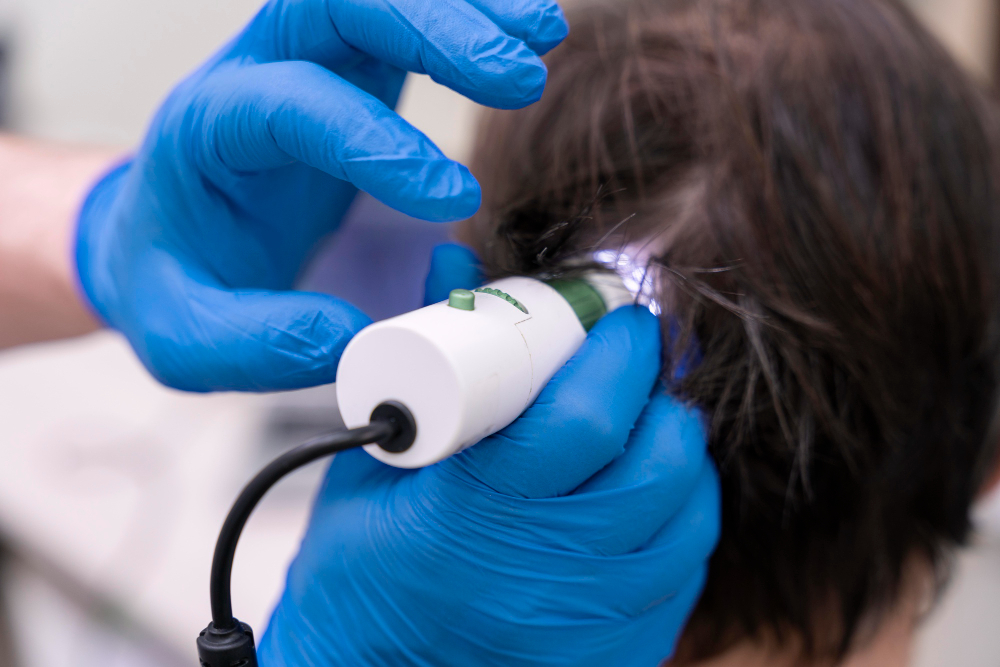
What are the stages Hair transplantation DHI؟
The DHI hair transplant process goes through several stages:
The first stage: In this stage, the density of the donor area, the baldness area, and the number of follicles to be harvested are determined. Then the expert draws a new, natural hairline.
The second stage: The patient undergoes some necessary examinations and tests, such as blood and skin tests.
The third stage: In the DHI technique, only the donor area is shaved for easy extraction of the follicles. Then the patient is given local anesthesia to avoid pain.
The fourth stage: During this stage, the doctor begins to extract the hair follicles from the donor area using a micromotor. The hair follicles are then placed in a saline solution called Hypo Thermosol to keep them alive for as long as possible after being extracted from the scalp.
The fifth stage: The final stage is hair transplantation. When using the DHI technique, hair follicles are placed in Choi pens that open the channels and implant the grafts simultaneously, with just one click.

What to expect next of Hair transplantation DHI؟
- It is recommended to use plasma needles, known as PRP, to strengthen the transplanted follicles.
- Cold laser sessions are also recommended to stimulate blood circulation, restore hair vitality, and strengthen the transplanted hair follicles.
- Hair vitamins help promote hair growth, so it is highly recommended to take some after a hair transplant.
Patients can notice hair growth and see results over some time. After six months, the patient can begin to see the growth of hair follicles. The complete final result will be completed after a full year.
When you decide to undergo a hair transplant, make sure you choose your hair transplant clinic wisely and carefully. Despite the simplicity of the process, if it is not carried out by specialists and with high-quality techniques, it may lead to undesirable results.
Always ask for before and after photos of patients from the hair transplant clinic you consult. Ask how much the entire trip costs and what is included in that cost to make sure you get the best service for your money.
Frequently Asked Questions
Yes, hair transplantation using the DHI technique can lead to permanent results. The transplanted hair follicles are taken from the patient’s scalp, which means they are not rejected by the body and can continue to grow naturally in their new location.
Hair transplantation using the DHI technique can be a highly effective method for hair restoration when performed by an experienced surgeon. The results can be permanent and have a natural appearance, with typically shorter recovery times compared to other hair restoration techniques.
Both FUE (Follicular Unit Extraction) and DHI (Direct Hair Implantation) are hair transplantation techniques that involve extracting hair follicles from the donor area and implanting them into the recipient area. The main difference between the two methods is the way hair follicles are implanted. In FUE, hair follicles are transplanted using a medical punch, while in DHI, they are implanted using a specialized tool called a Choi pen.
Hair transplantation using the DHI technique has proven to be an effective method for hair restoration, providing natural and permanent results. However, as with any surgical procedure, there are potential risks and complications that should be discussed with a qualified surgeon.
The cost of hair transplantation using the DHI technique can vary depending on several factors, including the number of hair follicles to be transplanted, the clinic’s location, and the surgeon’s experience. Generally, hair transplantation using the DHI technique can cost between $3,000 and $15,000 or more.
Hair transplantation using the DHI technique is a method of hair restoration that involves the use of a specialized tool called a Choi pen to extract hair follicles from the donor area and implant them into the recipient area without the need for incisions or grafts.













